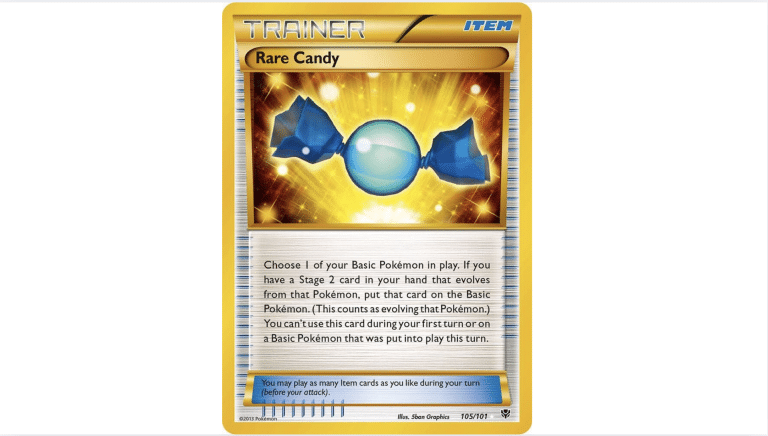I enjoy playing the Weaver game because it is one of those puzzles that feels both simple and clever at the same time.
Weaver is a daily word ladder puzzle where I start with one word and try to reach another by changing just one letter at a time.
Each step must form a real word, so it makes me think carefully about the path I take.
The game is easy to understand, but it still gives me a fun challenge that keeps my mind busy.
I think many people like Weaver because it combines quick play with smart thinking.
It doesn’t take too long to finish, but it gives a real sense of achievement when I reach the target word in fewer moves.
It also helps me grow my vocabulary since I often discover new words while solving.
In this post, I will share what Weaver is all about, explain how to play, and talk about the key features that make it so enjoyable.
What Is the Weaver Word Game?

The Weaver game is a daily word puzzle where players connect a starting word to a target word by changing one letter at a time.
Each step must form a real word, and the goal is to build the shortest possible “ladder” of words.
The idea comes from the word ladder puzzle, first created by Lewis Carroll, the author of Alice in Wonderland.
In word ladders, players change one word into another through small, logical steps, which inspired the Weaver puzzle.
What makes Weaver unique is its mix of simplicity and challenge. The rules are easy to understand, but finding the shortest path can be tricky.
Unlike other word games that focus only on guessing or speed, Weaver encourages strategy, planning, and vocabulary building.
Each puzzle feels fresh and rewarding, which is why it has become a favorite for word game fans.
How to Play Weaver?
The Weaver game is a daily word puzzle where you connect one word to another by changing one letter at a time. It’s quick, fun, and a great way to give your brain a little workout each day.
- You start with the first word and must reach the last word.
- Change just one letter at a time.
- Each new word must be a real word in English.
- The goal is to finish in the fewest moves you can.
- The words must always stay the same length.
- Try small changes like switching vowels (a, e, i, o, u).
- You can also change one letter in the middle to find new paths.
- If you are stuck, think about the last word and work backward.
- A new puzzle comes every day, so you always have something fresh.
- You can also play old puzzles to practice and get better.
Rules of the Weaver Game
The Weaver game is simple to learn but tricky to master. Knowing the rules helps you plan each move and reach the target word faster.
Starting the Game
- You are given a starting word and a target word.
- Both words are always the same length.
- You cannot pick your own words; they are set by the puzzle.
- The game works best if you focus on the letters that are different between the two words.
Making Moves
- Change only one letter at a time.
- Each new word must be a real English word.
- Words must stay the same length (no adding or removing letters).
- You can change a letter at the start, middle, or end.
- Think about common small changes like switching vowels (a, e, i, o, u).
- Sometimes it helps to try different paths if one doesn’t work.
Reaching the Goal
- Keep changing letters step by step until you reach the target word.
- Every move should bring you closer to the target.
- The puzzle is finished once you reach the final word.
- If you make extra steps, the game still works, but your ladder will be longer.
Main Goal
- Solve the puzzle in the fewest moves possible.
- A shorter ladder means a better score.
- Practice helps you find faster paths.
- You can replay puzzles to try for a shorter solution.
Daily Challenge
- A new puzzle comes every day, so you always have something fresh.
- Old puzzles can be replayed to practice and get better.
Strategies to Play Weaver Better
Playing Weaver gets easier with a few smart tricks. Simple strategies can help you solve puzzles faster and with fewer moves.
- Look for common vowel swaps like A – E or O – U.
- Try working backward from the target word to see easier paths.
- Use short, simple changes first, such as changing one common letter.
- Focus on letters that make the biggest difference between the two words.
- If stuck, try changing a middle letter instead of just the first or last.
- Practice daily to build a stronger vocabulary and spot patterns faster.
- Replay older puzzles to find shorter solutions and improve your score.
Features of the Weaver Game
The Weaver game comes with simple but fun features that make it easy to enjoy every day. From daily puzzles to practice modes, it keeps players challenged and improving.
- Daily Puzzle Refresh: A new puzzle appears every day, so there’s always something fresh to solve.
- Unlimited Practice Mode: Extra practice puzzles help you train and improve anytime.
- Score Tracking: The fewer moves you use, the better your score.
- Accessible on All Devices: Play on phone, tablet, or computer with no problem.
- Simple Rules: Easy to understand, so anyone can start playing right away.
- Replay Option: Go back to past puzzles to try again and find shorter ladders.
- Hints (Optional): Some versions give small hints if you get stuck.
- Vocabulary Growth: Playing daily helps you learn new words naturally.
Conclusion
I find the Weaver game a fun way to test how well I can think with words.
The rules are simple: start with one word, reach the target word, and change just one letter at a time.
Each step must be a real word, and the main goal is to finish in the fewest moves possible. That’s what makes it both easy to understand and exciting to play.
I enjoy how every puzzle feels fresh because a new challenge comes out each day.
Sometimes I solve it quickly, and other times it takes me a little longer, but that’s what keeps me coming back.
It’s also a great way to learn new words and build a stronger vocabulary without even trying too hard.
I encourage you to give today’s Weaver puzzle a try and see how many steps it takes you.
If you know a smart shortcut or a fun ladder, share it. I’d love to see the different paths people take.







